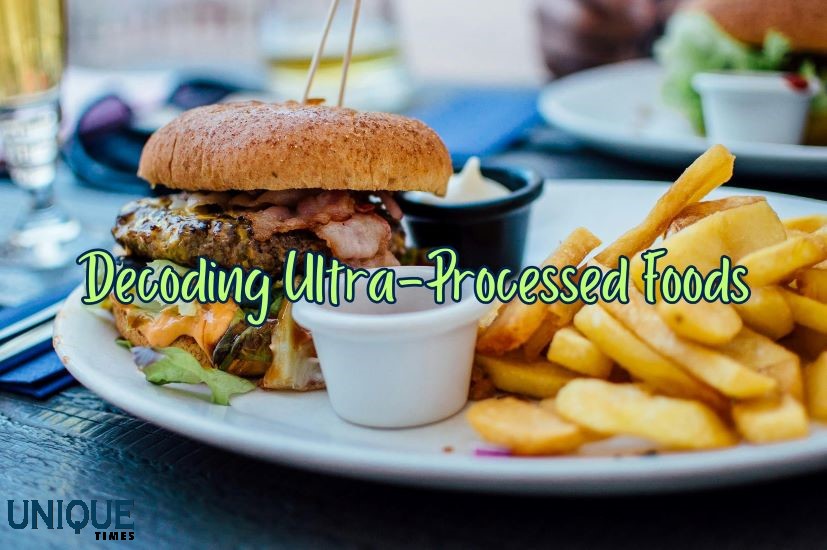Understanding Ultra-Processed Food: What It Is and How to Identify It

In recent years, the term “ultra-processed food” has gained traction in discussions about nutrition and health. But what exactly does it mean, and why is it important to identify these types of foods? Let’s delve into the definition of ultra-processed food and explore how to recognize it in your diet.
What is Ultra-Processed Food?
Ultra-processed food refers to food products that undergo extensive processing and contain additives, preservatives, and artificial ingredients. These foods often contain little to no whole or minimally processed ingredients and are typically high in sugar, unhealthy fats, sodium, and calories. Examples of ultra-processed foods include sugary drinks, packaged snacks, ready-to-eat meals, fast food, and convenience foods.
How to Identify Ultra-Processed Food
Identifying ultra-processed food requires reading ingredient labels and understanding the degree of processing involved in the production of a food product. Here are some key characteristics to look for when identifying ultra-processed food:
1. Lengthy Ingredient Lists
Ultra-processed foods often contain long lists of ingredients, many of which are unrecognizable or difficult to pronounce. Look for ingredients such as artificial flavorings, colorings, preservatives, and sweeteners, as these are common additives found in ultra-processed foods.
2. High Levels of Added Sugar
Ultra-processed foods are typically high in added sugars, which contribute to their sweet taste and palatability. Check the nutrition label for terms such as sucrose, high fructose corn syrup, and dextrose, as these indicate the presence of added sugars. Be mindful of hidden sources of sugar in processed foods, such as sauces, condiments, and flavored beverages.
3. Unhealthy Fats and Oils
Ultra-processed foods often contain unhealthy fats and oils, such as hydrogenated oils, trans fats, and highly refined vegetable oils. These fats are commonly found in fried foods, packaged snacks, and baked goods. Opt for foods that contain healthier fats, such as nuts, seeds, avocados, and olive oil.
4. Excessive Sodium Content
Ultra-processed foods are often loaded with sodium to enhance flavor and prolong shelf life. Excessive sodium intake is associated with various health risks, including high blood pressure and heart disease. Check the nutrition label for the sodium content per serving and choose lower-sodium options whenever possible.
5. Lack of Whole or Minimally Processed Ingredients
Ultra-processed foods typically contain little to no whole or minimally processed ingredients. Instead, they are made from refined grains, artificial additives, and industrialized ingredients. Choose foods that are made with whole, natural ingredients and minimal processing, such as fruits, vegetables, whole grains, lean proteins, and legumes.
By learning to identify ultra-processed foods and making informed choices about the foods we consume, we can improve our overall health and well-being. Opting for whole, minimally processed foods and preparing meals at home using fresh, wholesome ingredients is key to supporting a nutritious diet and reducing our reliance on ultra-processed foods. By prioritizing whole foods and minimizing our intake of ultra-processed products, we can take control of our health and enjoy the benefits of a balanced and nourishing diet.
Picture Courtesy: Google/images are subject to copyright








